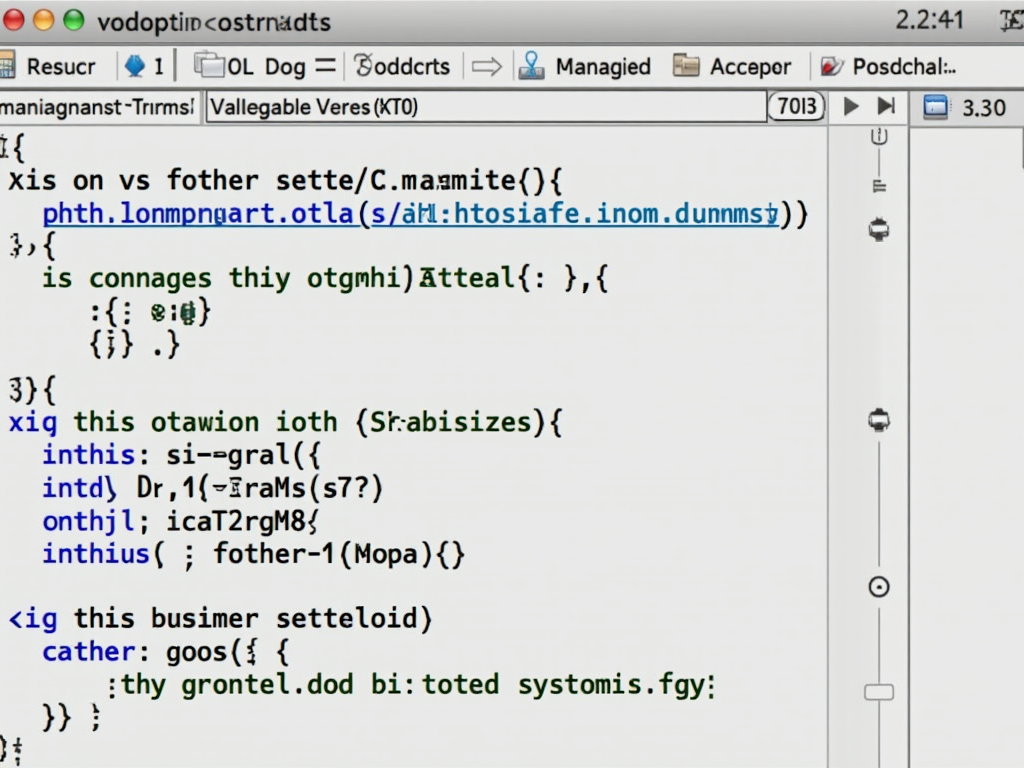Duplicate content can significantly hinder your SEO efforts by confusing search engines and diluting your page authority. To ensure your site ranks well and maintains its search engine visibility, it’s crucial to understand how to avoid these issues. This article will explore strategies to prevent duplicate content and help your website maintain its competitive edge in search engine optimization.
Understand What Constitutes Duplicate Content

Duplicate content refers to substantial blocks of text that appear across different URLs, whether within the same domain or across multiple domains. This can happen through a number of scenarios, such as blog syndication, e-commerce product pages, or HTTP/HTTPS and www/non-www versions of a site. By recognizing these different forms, webmasters can better tailor their strategies to mitigate the risks associated with duplicate content. The challenge arises when search engines struggle to determine which version of the content to prioritize, potentially diluting the traffic to each page and affecting your site’s ranking.
Implement Canonical Tags

Canonical tags are an effective tool in combating duplicate content, ultimately pointing search engines to the “main” version of a piece of content. By implementing these tags, you can guide search engines towards the preferred version of your web page, thus consolidating the SEO value of duplicate URLs. The canonical tag works silently behind the scenes, ensuring that your efforts across URL variations are recognized under a single authoritative page. In essence, this provides clarity to search engine bots, helping to eliminate confusion and strengthen your SEO benefits.
301 redirects are another essential tactic for handling duplicate content issues, especially when you have old URLs that need to be directed to newer or more relevant pages. A 301 redirect permanently moves traffic from one URL to another, ensuring that any authority built by the original page is transferred to its new replacement. This technique is vital for maintaining link equity and provides a seamless user experience by guiding users directly to the appropriate content without encountering errors or outdated information. By incorporating 301 redirects strategically, you can ensure that your website remains authoritative and competitive.
Create Unique and Valuable Content
One of the surest ways to avoid duplicate content issues is by consistently generating unique and valuable content. This not only minimizes the risk of redundancy across your pages but also enhances user engagement and retention. To do this, focus on providing content that is informative, engaging, and specific to your audience’s needs. Consider leveraging user-generated content, integrating multimedia elements, and regularly updating your material to keep it fresh and relevant. Investing time in content originality will not only protect you from duplicate content penalties but also boost your overall SEO performance.
Conduct Regular Content Audits
The practice of conducting regular content audits can be instrumental in identifying potential duplicate content issues. Through comprehensive audits, you can systematically review your site’s entire content inventory to detect inconsistencies and duplications. This process involves evaluating the uniqueness and pertinence of each page, ensuring that nothing is harming your SEO strategy. Using tools such as Google Search Console or third-party SEO software can help streamline this task by offering insights into duplicates. Regular audits allow you to proactively address problems, update old content, and remove unnecessary duplicates while optimizing your site’s performance.
Итог
Addressing duplicate content issues is essential for maintaining your website’s SEO health and ensuring optimal search engine performance. Implementing strategies such as canonical tags, 301 redirects, and regular audits can significantly reduce duplication risks. Additionally, by focusing on unique, valuable content, you create a robust foundation for long-term success. Resolving duplicate content concerns not only fortifies your website’s ranking but also enhances user experience, fostering a trustworthy and authoritative presence in your digital space.
Часто задаваемые вопросы
- What is duplicate content? Duplicate content refers to identical or substantially similar content that appears on different URLs, impacting search engine visibility and ranking.
- How does duplicate content affect SEO? Duplicate content can confuse search engines, leading to diluted page authority, reduced rankings, and potentially lowered traffic to your site.
- What are canonical tags? Canonical tags are HTML elements used to indicate the preferred version of a web page when there are multiple URLs with similar content, helping consolidate SEO value.
- Why are 301 redirects important? 301 redirects permanently direct traffic from one URL to another, ensuring the transfer of link equity and maintaining the visibility of the new or intended page.
- How often should I conduct content audits? Regular content audits should be conducted at least quarterly to identify and resolve duplicate content issues, ensure content relevancy, and optimize SEO strategy.
